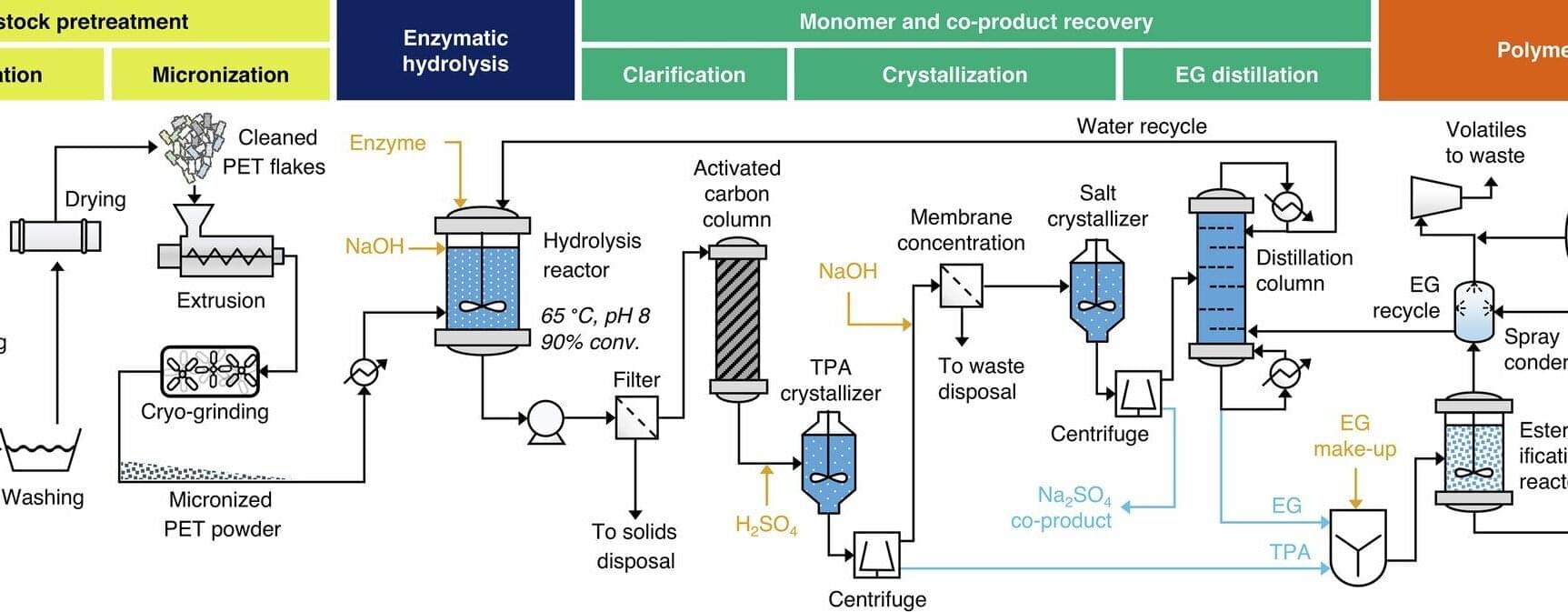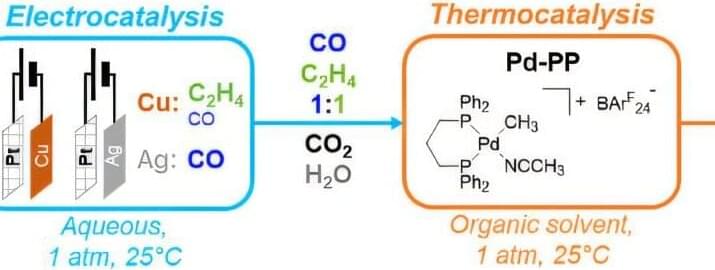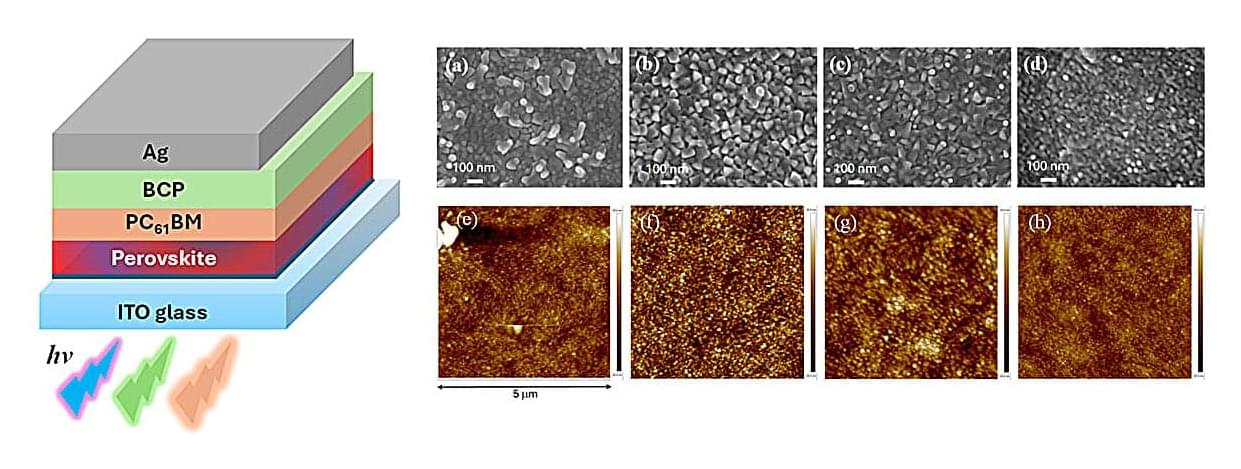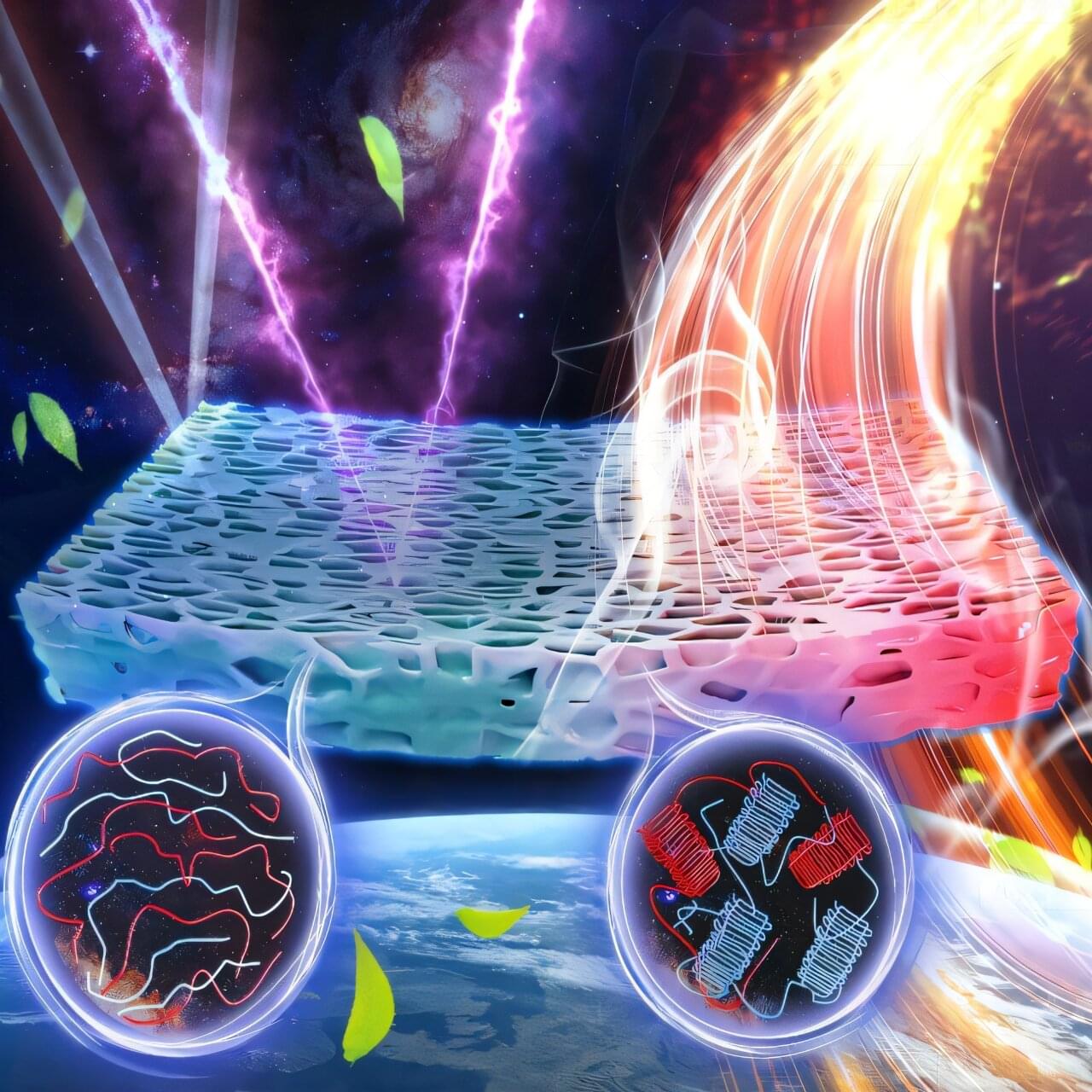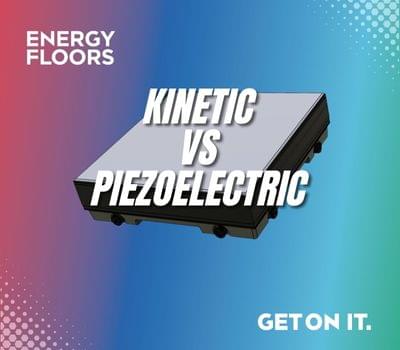ESA’s Living Planet Symposium, one of the world’s leading Earth observation conferences, opened today in Vienna.
More than 6,500 participants from almost 120 countries signed up to attend the event. With more than 4,200 scientific presentations and posters, the symposium provides a forum and meeting point for scientists, academics and space industry representatives, as well as students and citizens.
The event takes place every three years and this year the focus is ‘from observation to climate action and sustainability for Earth’


